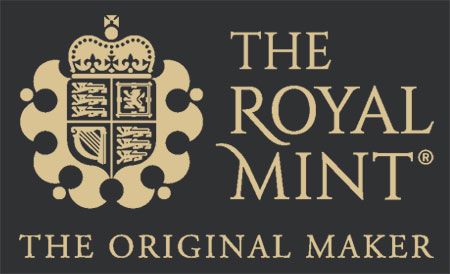Coppersmithing in the UK dates back to the Bronze Age, with the production of copper goods for functional and decorative purposes. The Worshipful Company of Armourers and Brasiers formally incorporated the braisers (workers in brass and copper) in 1708 although they had had links since the 16th century.
The tradition of making copper pots and pans, as we would understand them today, was at its height in the 18th century. Copper was a favoured material for cookware due to its excellent heat conductivity and durability. During this period, the rise of industrialisation brought advancements in metalworking techniques, allowing craftsmen to create finely crafted copper vessels. Towns such as Birmingham and Sheffield became renowned hubs for metal goods, including copper cookware. Artisans often lined copper pots with tin to prevent the metal from reacting with food, a practice that remains essential today. By the Victorian era, copper cookware had become a staple in both domestic and professional kitchens, prized for its performance and aesthetic appeal. However, the advent of mass production and alternative materials like stainless steel and aluminium in the 20th century led to a decline in traditional copper craftsmanship.
Ornamental copperware flourished in the UK in the 1800s, becoming more well known as a key skill in the Arts and Craft movement in the early 1900s. Coppersmithing as a hand skill declined after the Second World War, as development in mechanisation processes grew and access to more expensive quality metals was restricted. It declined further in the 1970s when those working in the sheet-metal trade took on much of the coppersmith’s work leaving a limited trade for coppersmiths (primarily making copper pipes for use in plumbing and aviation). More recently, the global rise in the popularity of whisky has created a demand for authentic copper distilling stills made by coppersmiths in Scotland, although this is on a more industrial level. There is still a small market for bespoke hand-made ecclesiastical objects, like copper linings for church fonts.
There had been centres of ornamental work in both Keswick, Cumbria, and Newlyn, Cornwall, each with a distinct style and places to study the craft.






